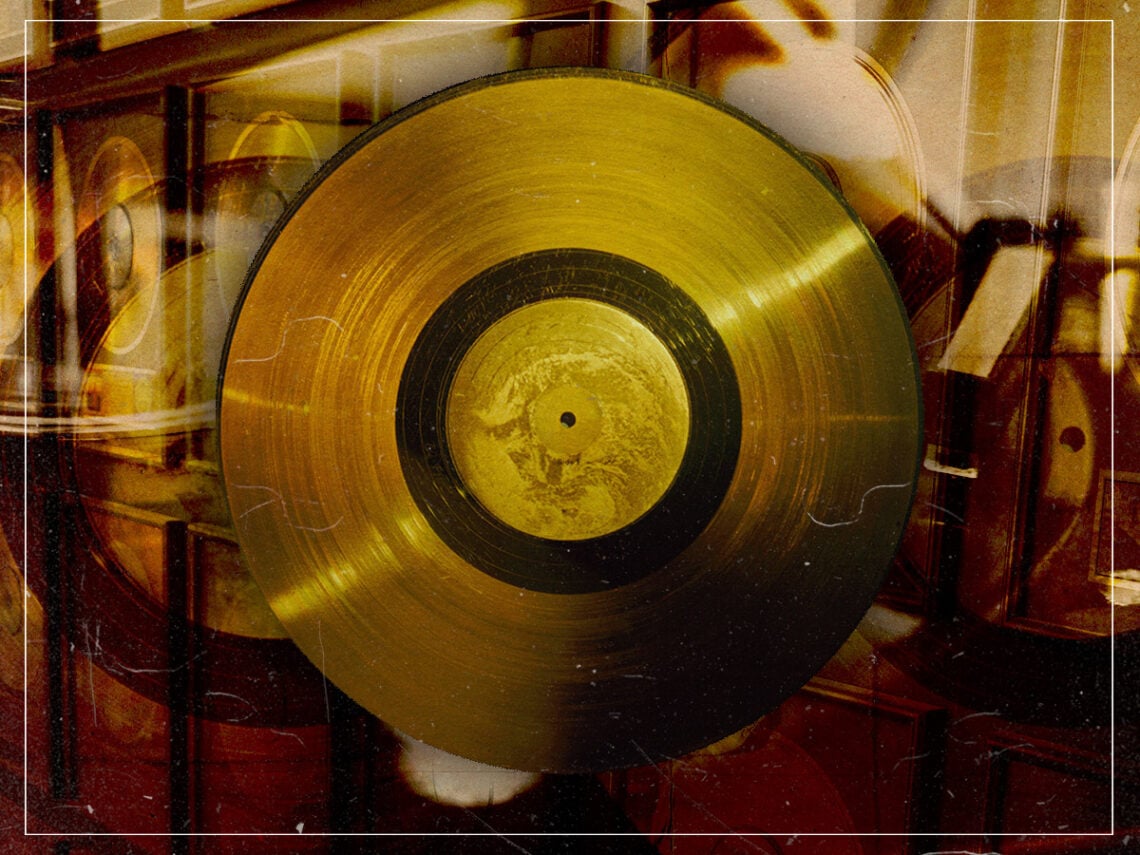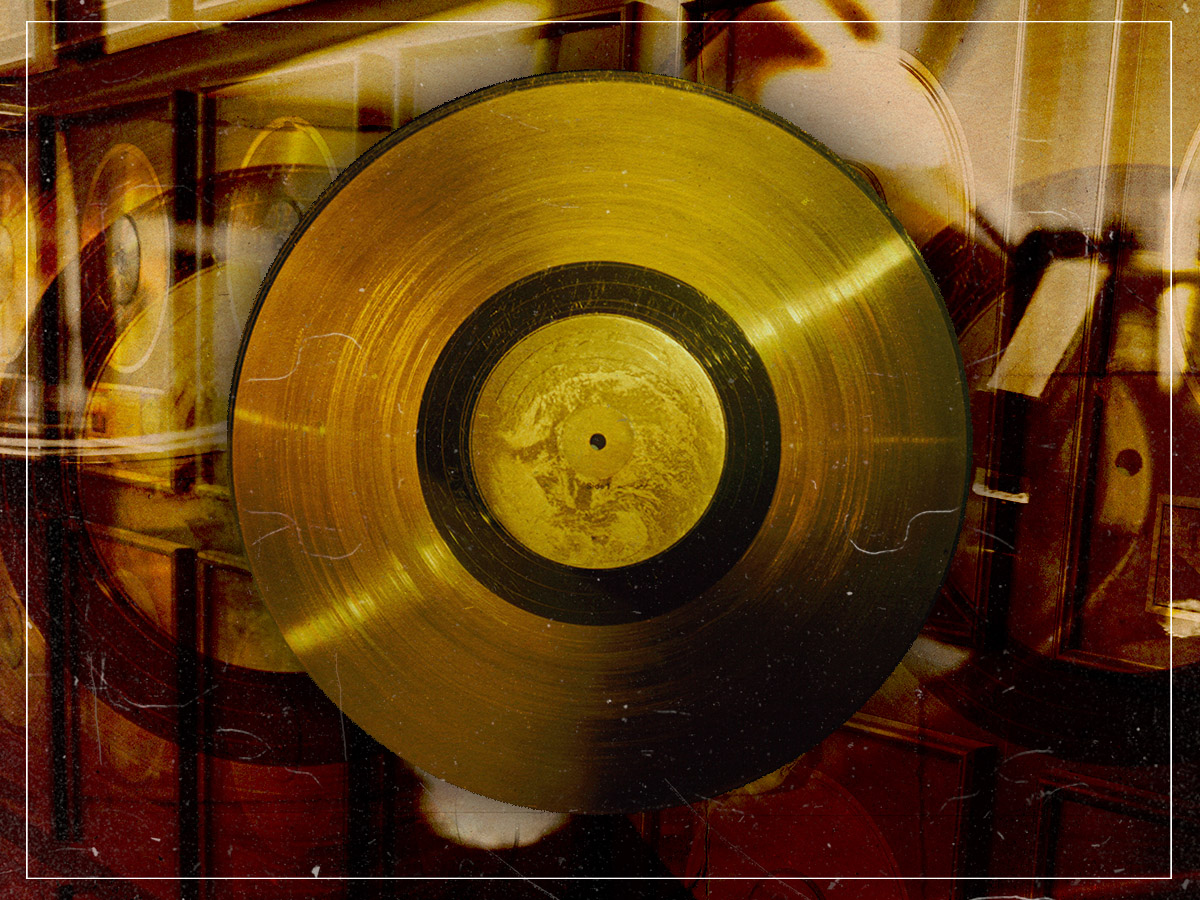
(Credits: Far Out / NASA / Uwe Conrad)
Mon 20 October 2025 23:30, UK
In 2005, I was only 9 years old, but I was already eyeing up the knock-off Lacoste polo shirt from my local Officers Club. Paired with a set of bootleg jeans and some low-top canvas shoes, and I was on my way to being Somerset’s answer to Alex Turner.
While it feels like a recent historic chapter in comparison to the 1960s and ‘70s, in reality, the heyday of noughties sleaze has reached cultural relic status. These clothes and this entire image feel inherently of the time, and just picturing them conjures up soundbites of all the alternative music that was flooding the scene.
What started with The Strokes in 2001 New York, developed into something bigger, culminating in the emergence of “indie sleaze” in London’s dingiest bars. Razorlight, The Libertines, you name it, bands were spearheading a revolution of music in scuffed clothing and messy haircuts.
Ultimately this movement and subsequent era of music was rooted in a rejection of the commercial. Turning into a new millennium, we were sold an idea that the future had arrived and in it existed a universally slick artistic landscape. But rather than being innovative and pioneering, the world and specifically societal subcultures realised that the reality of it was rather glib. We weren’t in a new millennium filled with answers, instead we were back at square one but with more questions.
So, this nonchalant brand of rock thrived as it captured the attention of an underwhelmed youth. And so in 2005, Britain was treated to a band they had been aching for since the turn of that millennium: The Arctic Monkeys. In their debut album Whatever People Say I Am, That’s What I Am Not were a catalogue of hits that would define this generation and simultaneously take them to the top of the world stage. The album went to number one, its lead single ‘I Bet You Look Good On The Dancefloor’ went to number one for a week and the entire campaign would grant the band a Glastonbury headline slot. But still, it wasn’t enough to beat outright commercialism and hold the number one spot for the longest period of 2005.
So what song, was number one for the longest in 2005?
Despite all of this, the British public were hellbent on proving this alternative subculture right, and showing how twisted music had become in the commercial eye. It had almost become satire, a means of irreverent capitalism, as opposed to any genuine authenticity. So a song like ‘Axel F’ by Crazy Frog became a number one hit, spending four weeks at the top.
But luckily, we had Peter Kay on hand to help us. Spotting this trend of musical gimmicks, he decided to reimagine Tony Christie’s ‘(Is This the Way to) Amarillo’ for Comic Relief and put some actual good to this worrying movement. His collaboration with Christie put the song at number one, where it stayed for seven weeks.
In the US, bona fide pop simply ruled the roost and Mariah Carey’s ‘We Belong Together’ spent 14 consecutive weeks at number one, making it the best-performing single of 2005 and one of the longest-running number-one songs in history.
Related Topics
